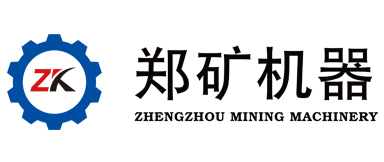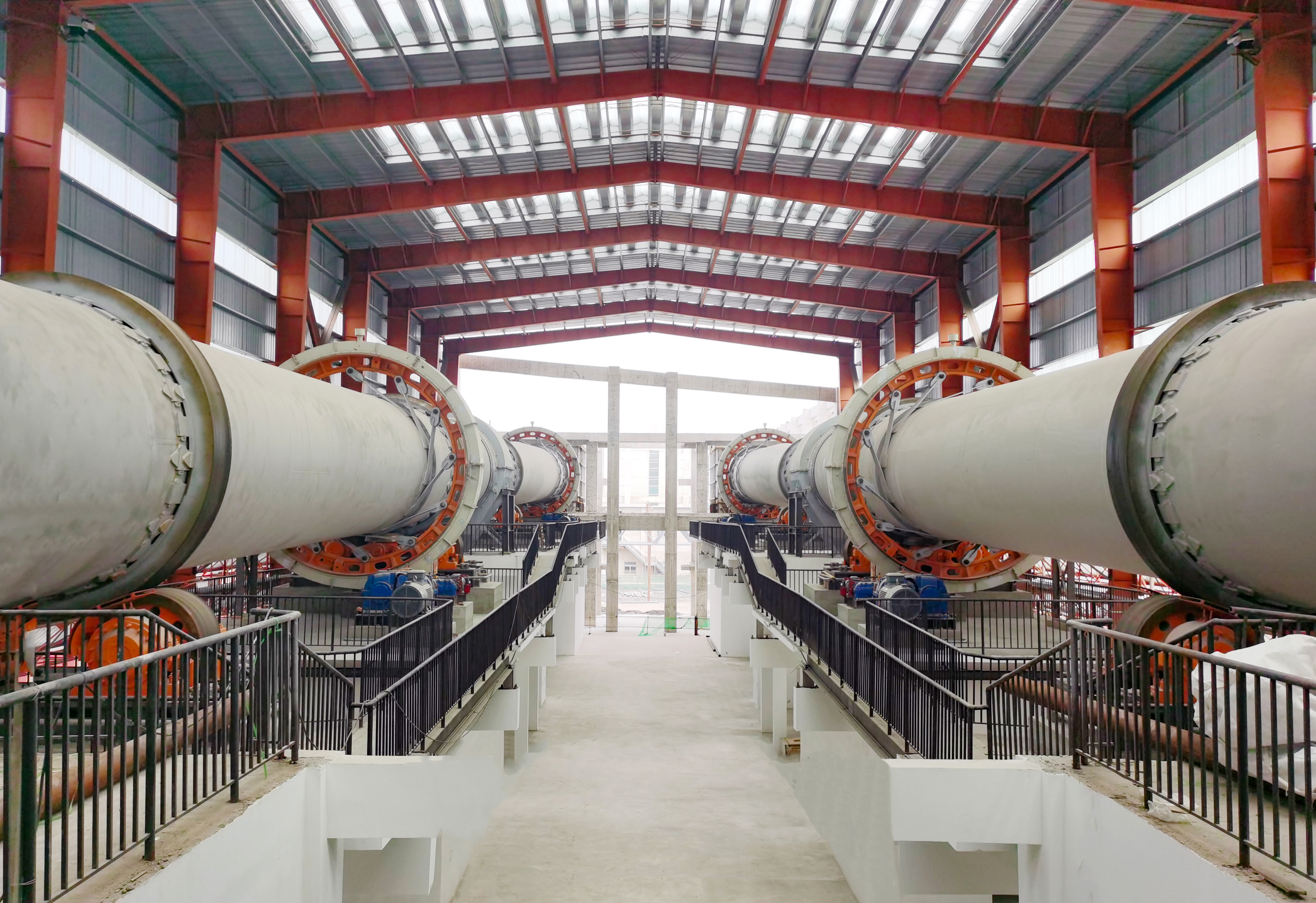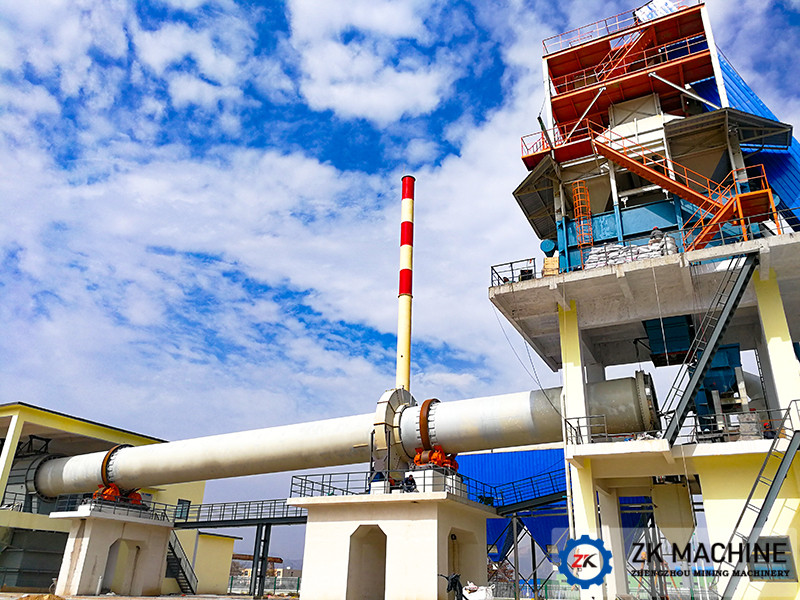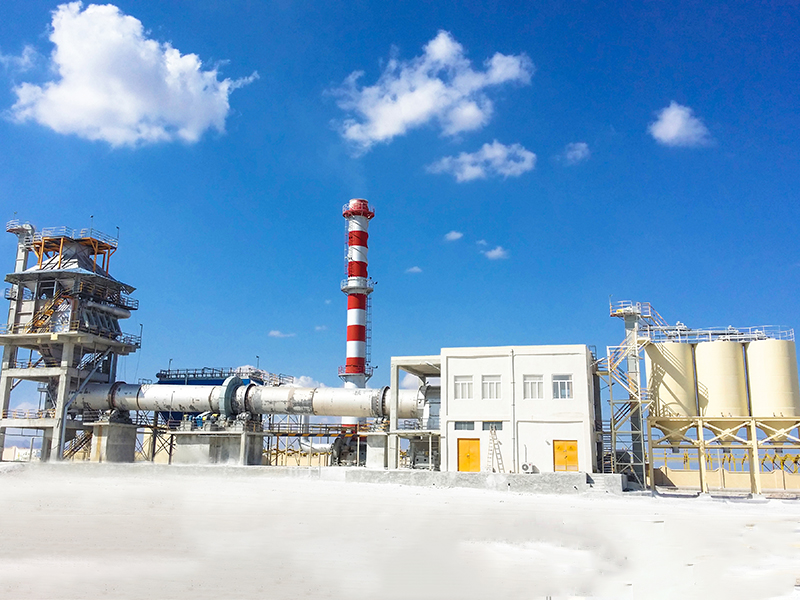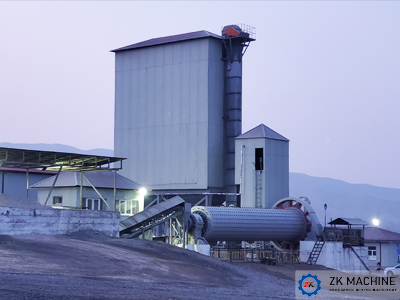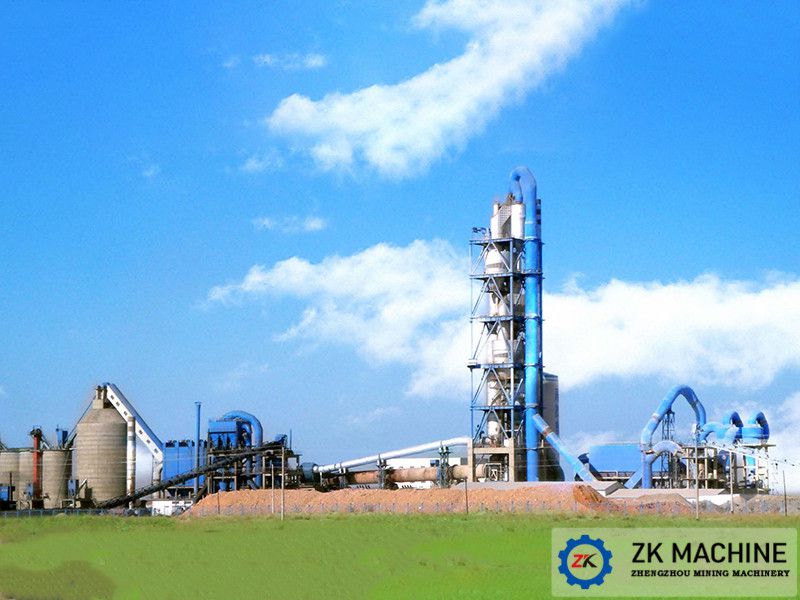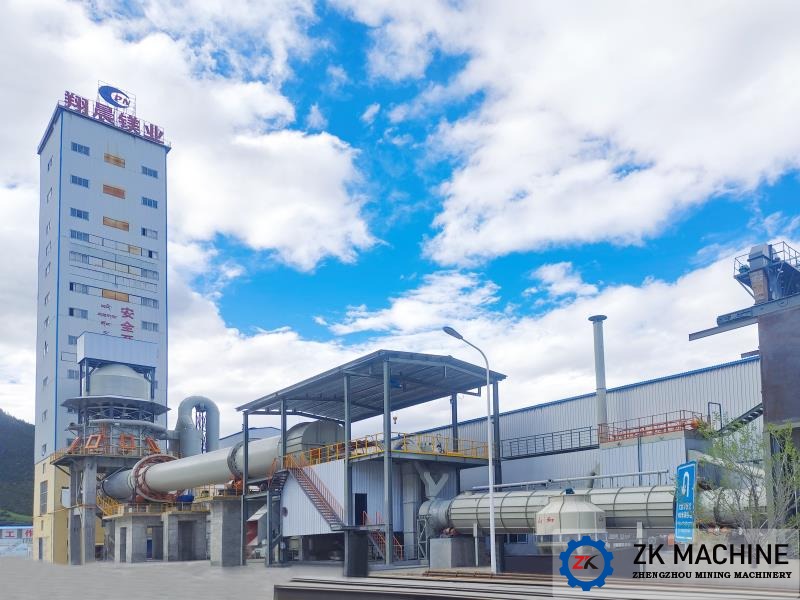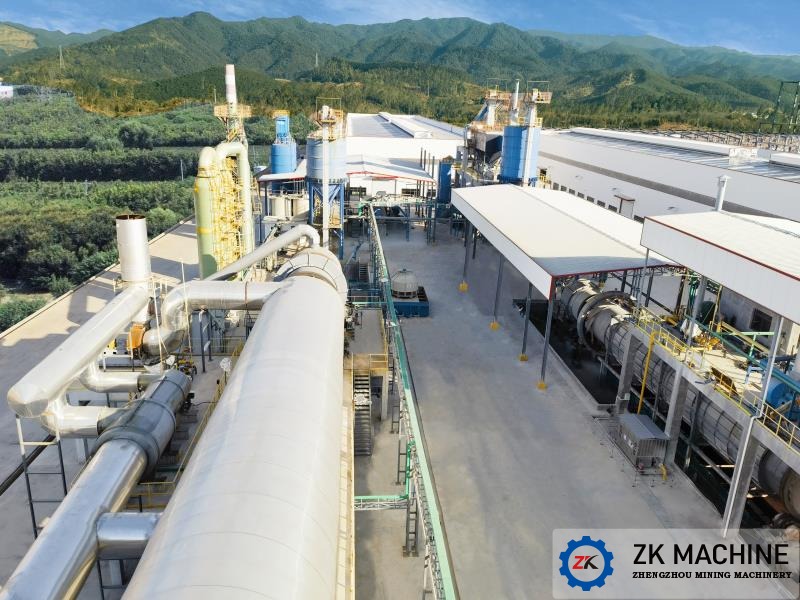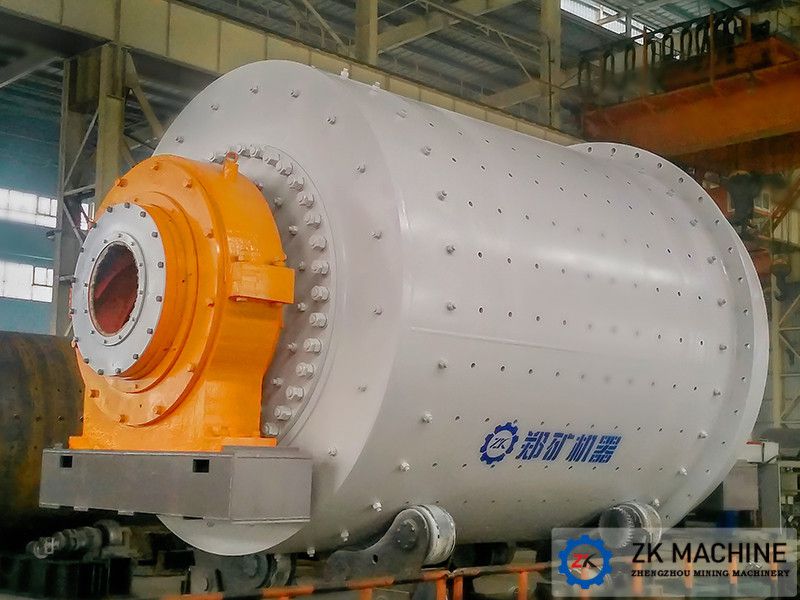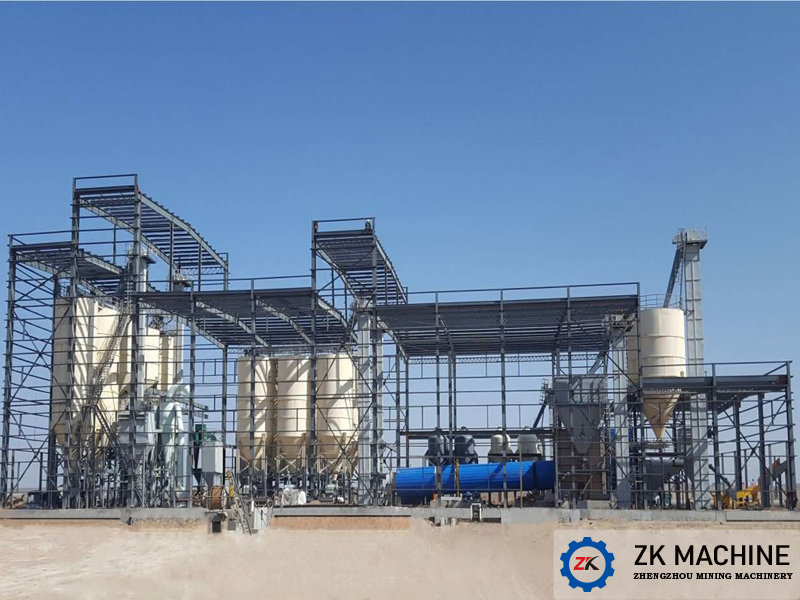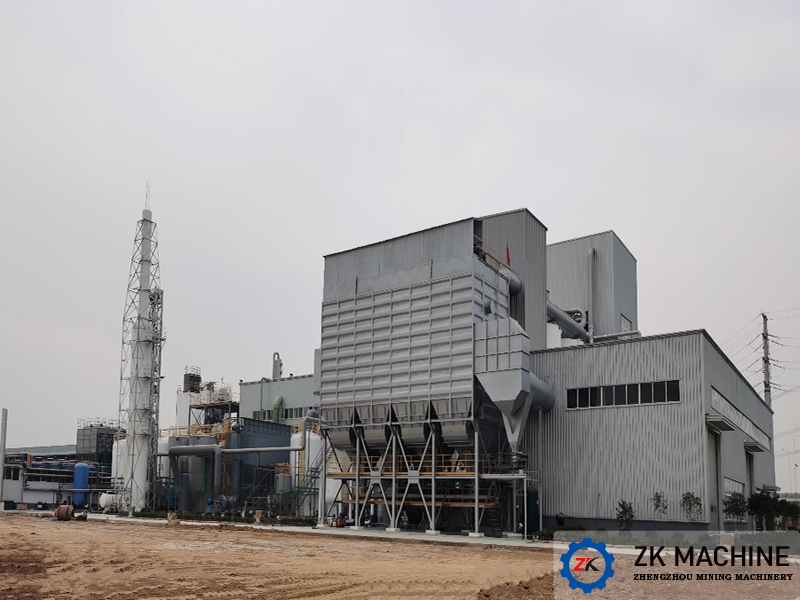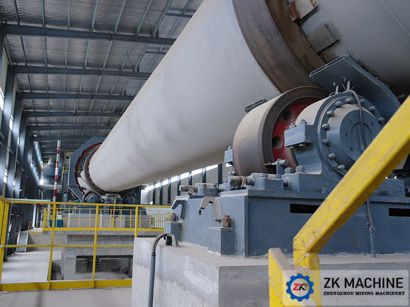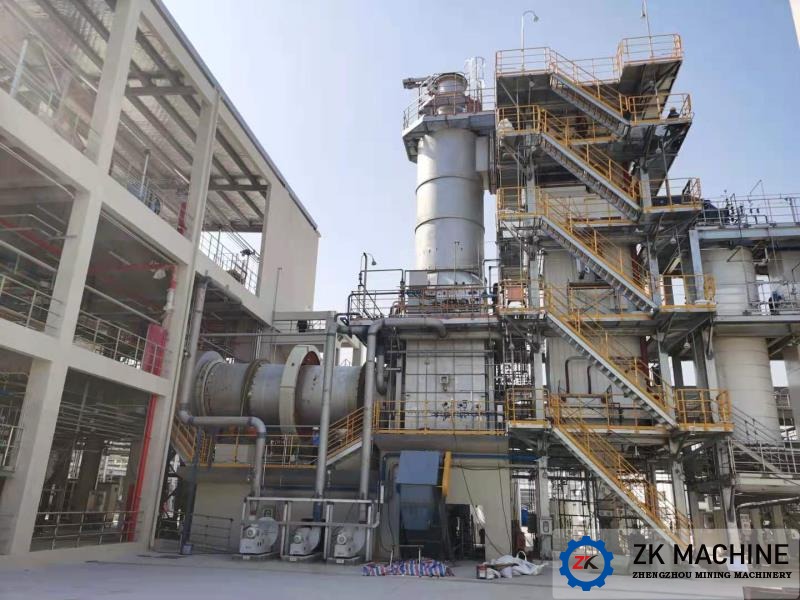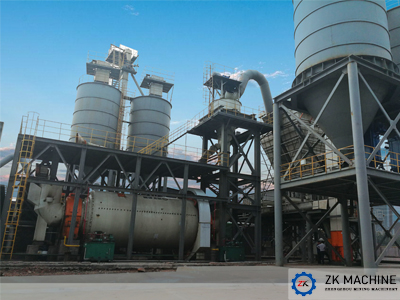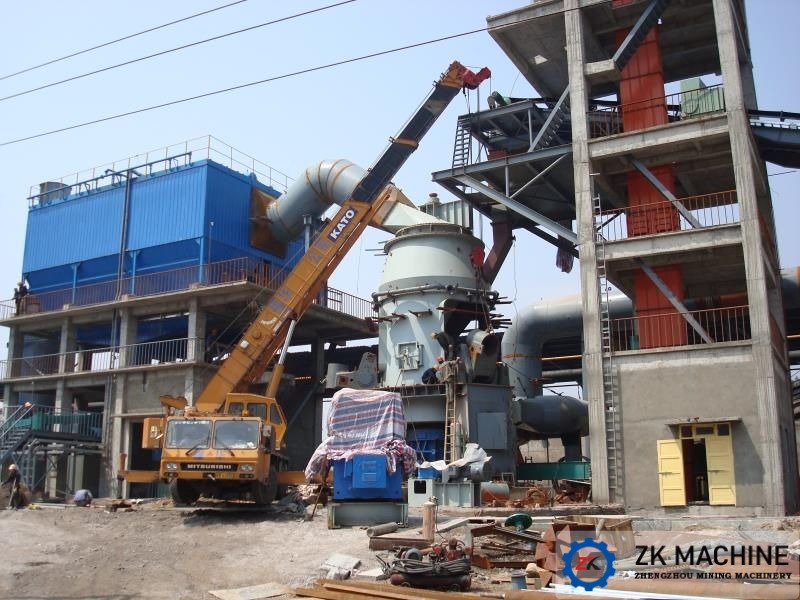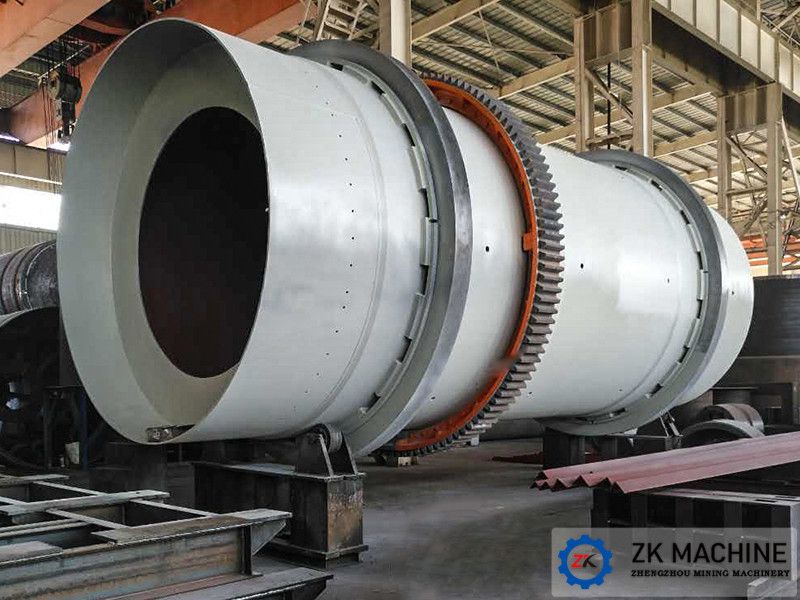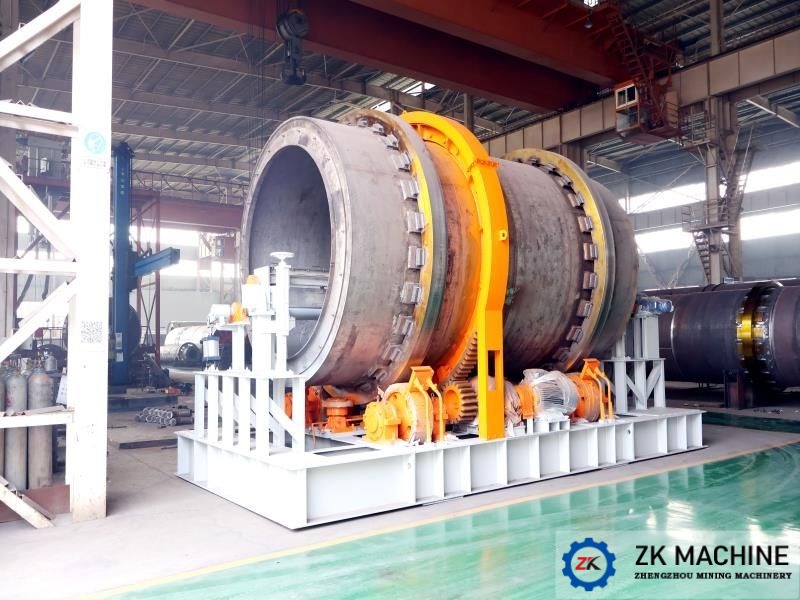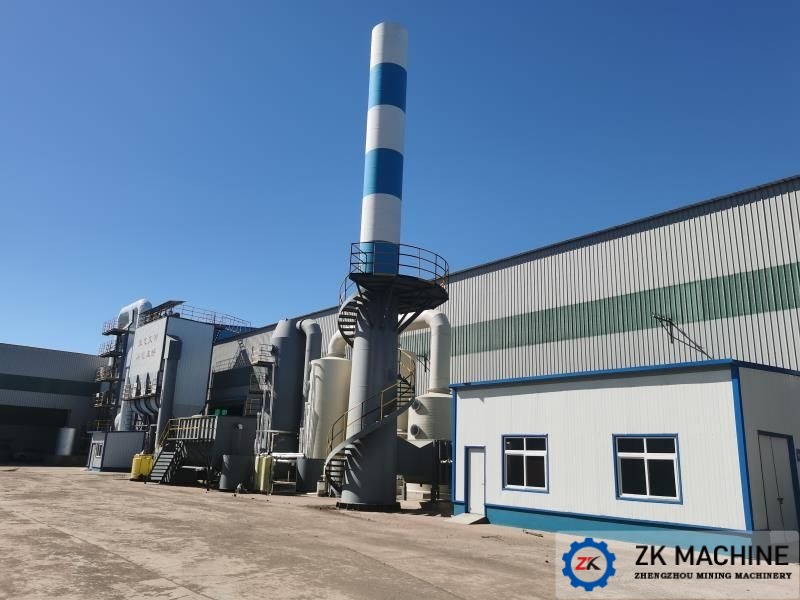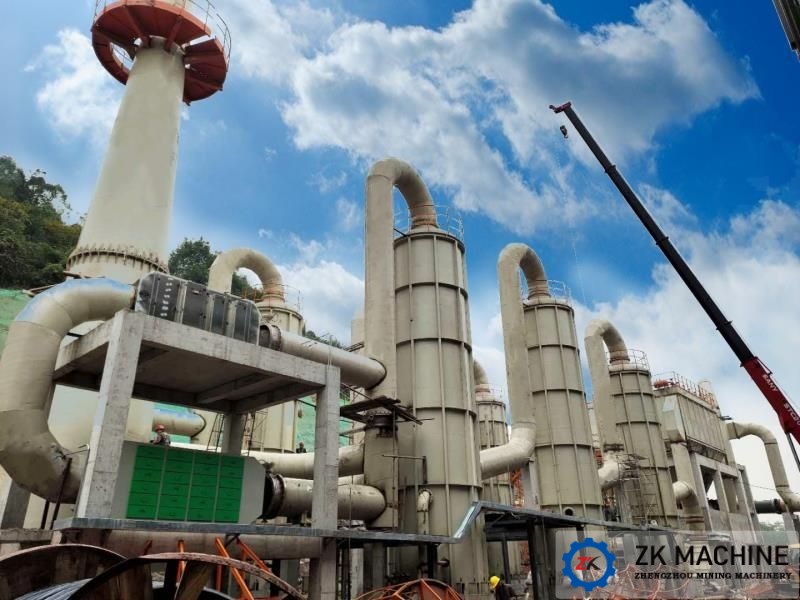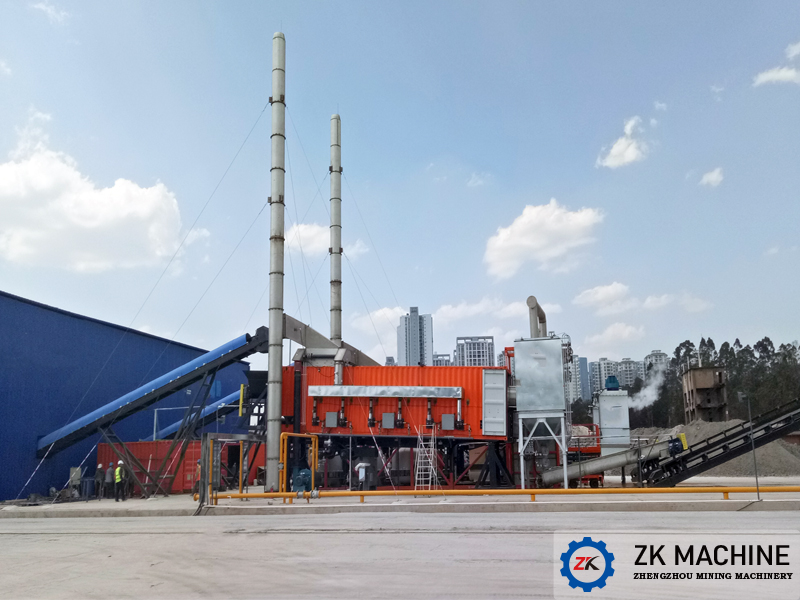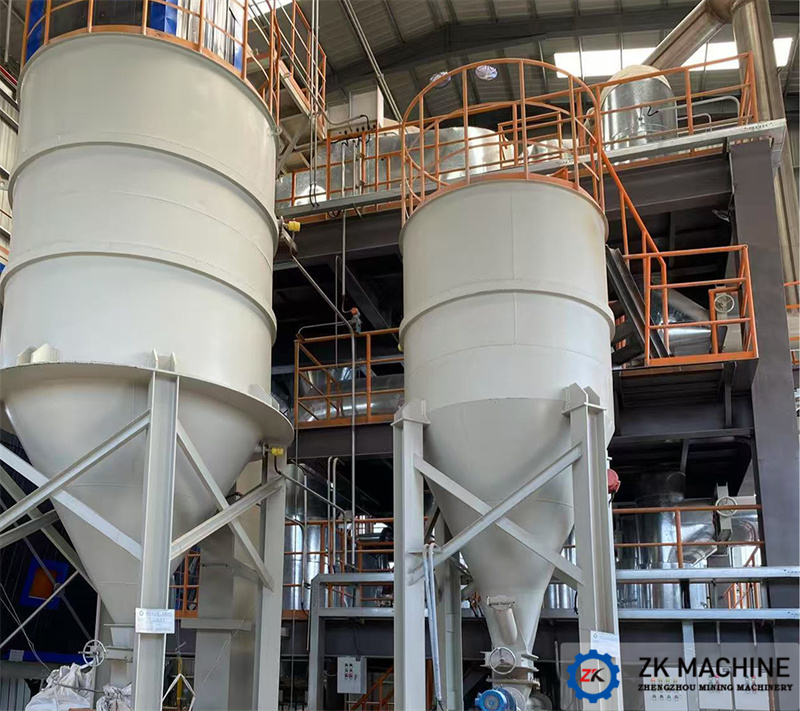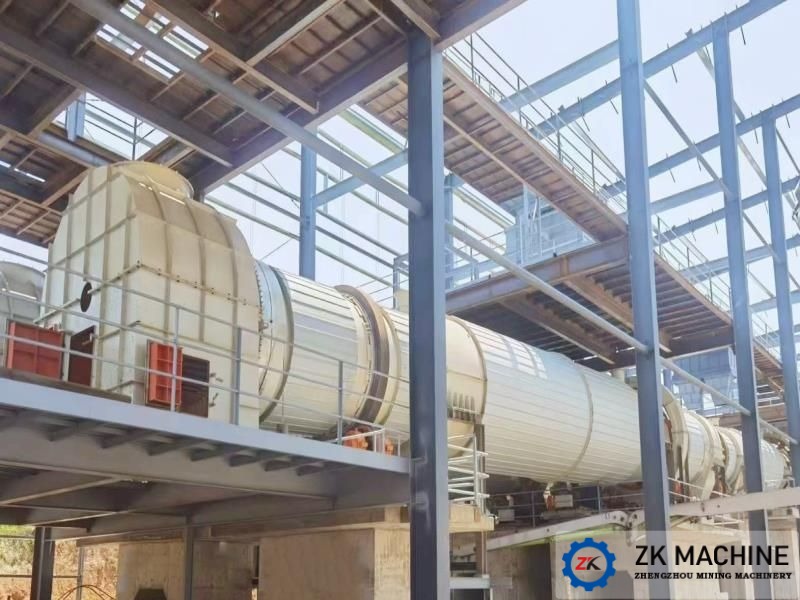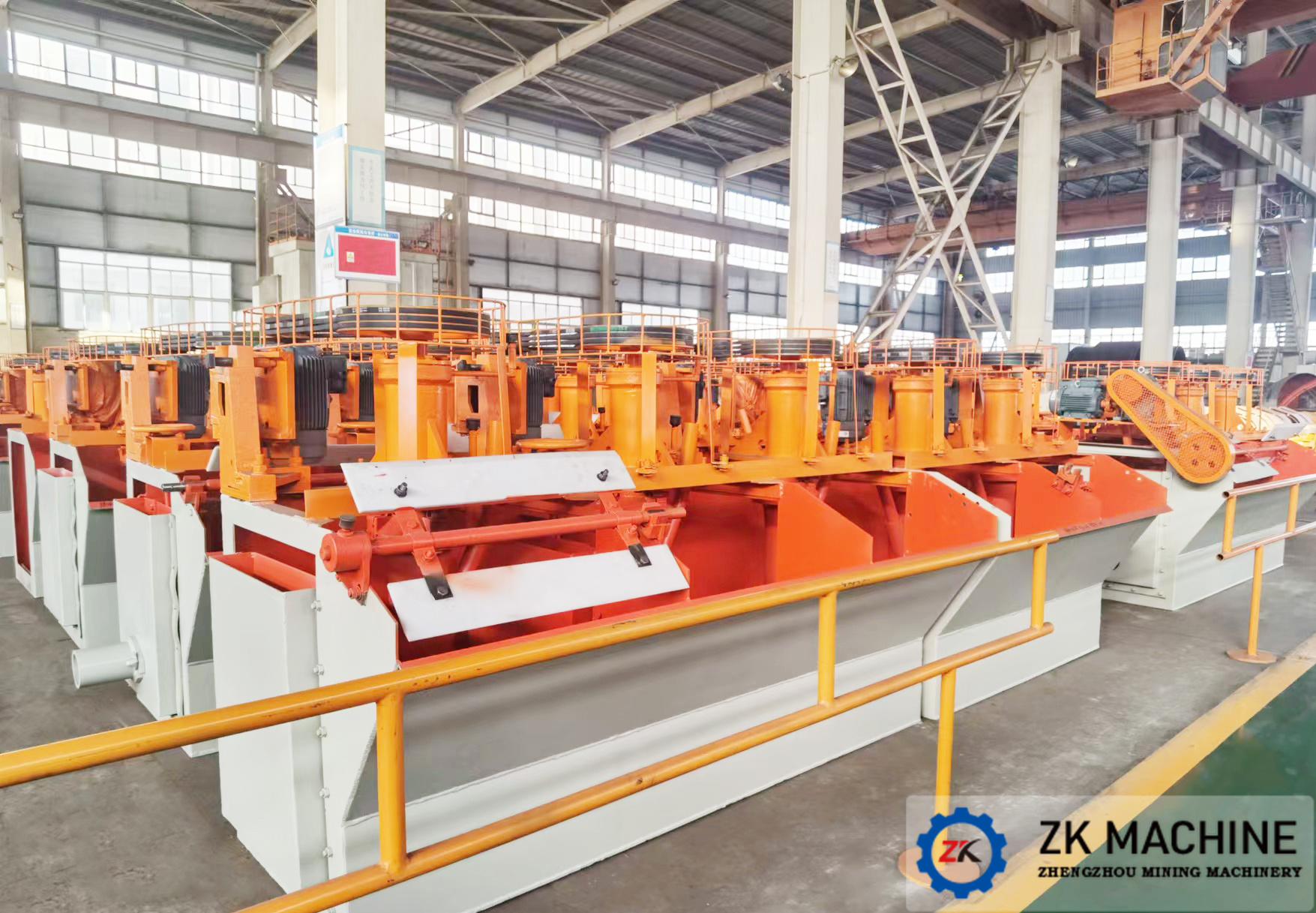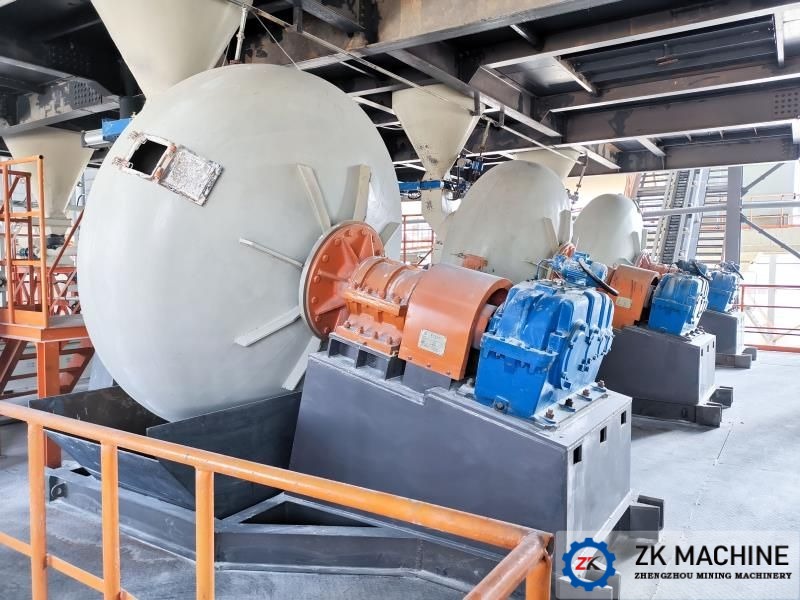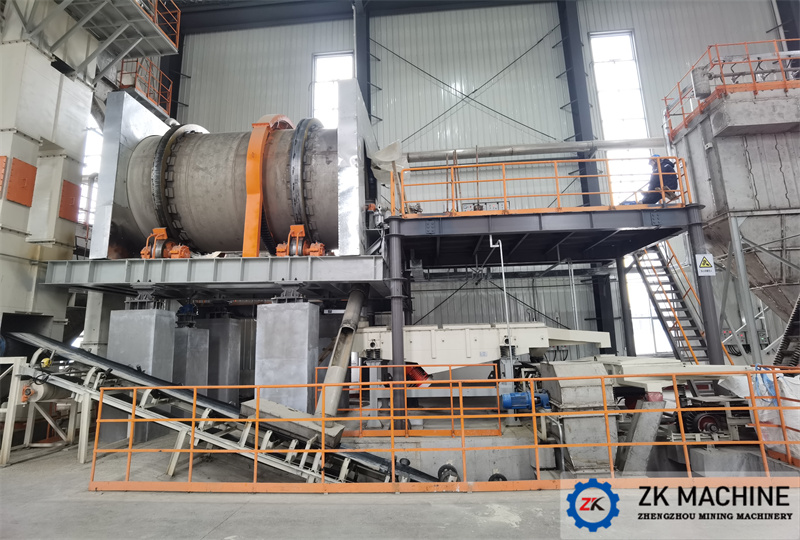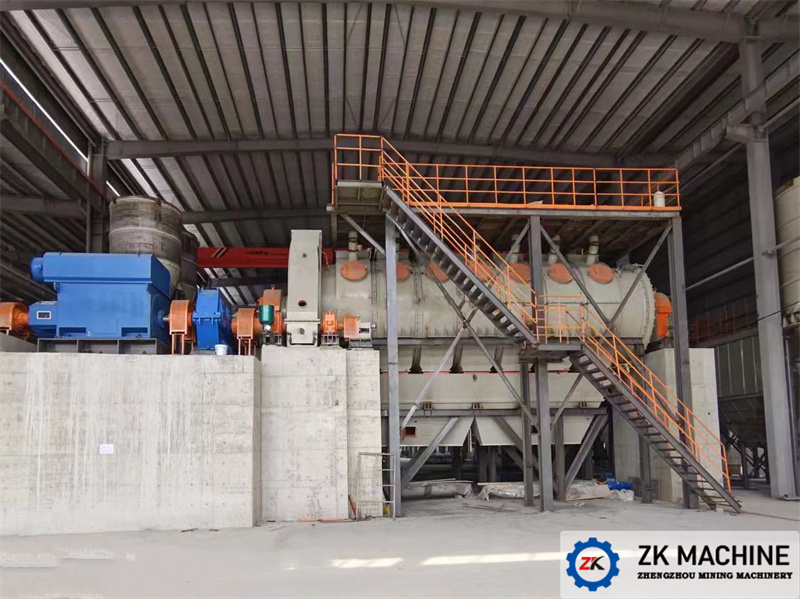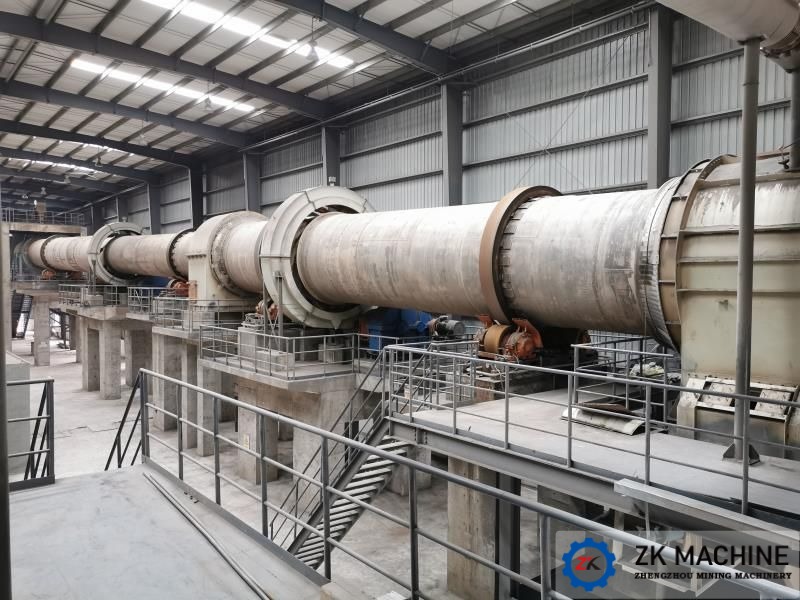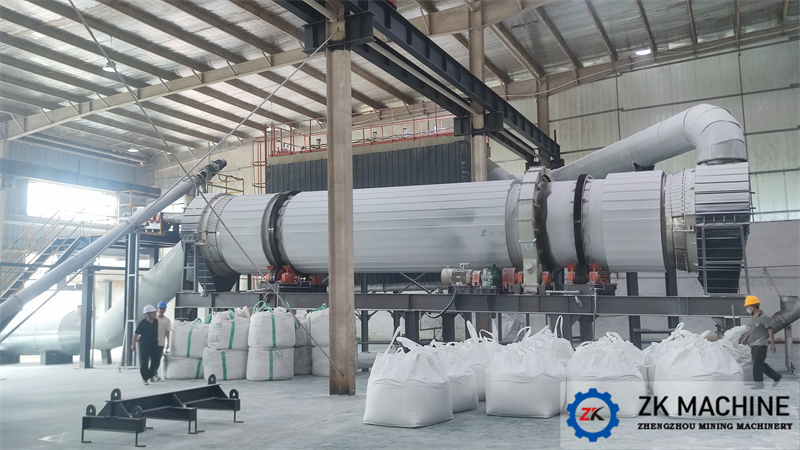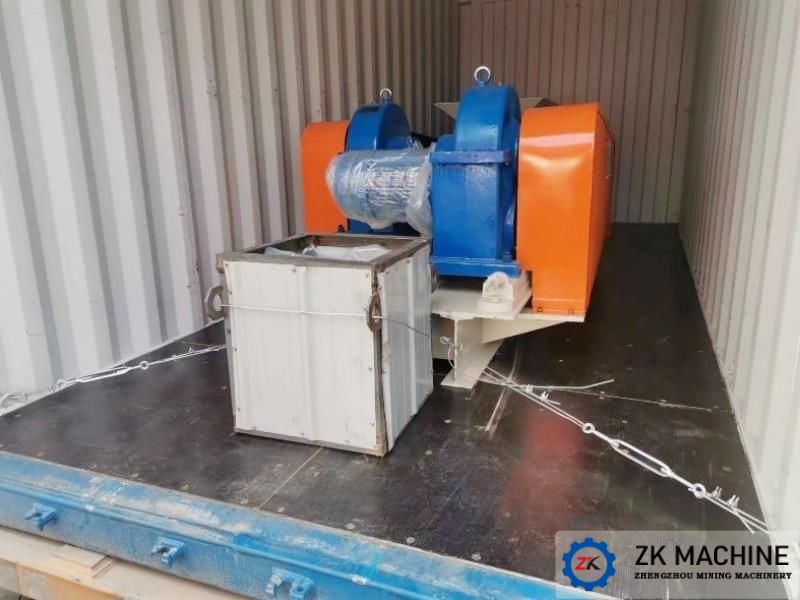Classification of Ceramsite
Ceramsite, also known as construction lightweight aggregate, which is a kind of artificial light aggregate after batching, processing, granulating or pelletizing, high-temperature roasting, based on inorganic materials as the main raw materials, such as shale, clay (or silt-like clay), coal gangue, fly ash, etc., adding sludge, general fly ash, solid waste, etc. The inside has a closed microporous structure, which is lead gray or gray-black ceramic-like material, and the surface has a dense and hard glaze layer, which is brown gray, iron gray or dark red.
At present, according to the standard, there are many types of ceramsite classification. This time I will talk about a few general classification methods:
1. Classified by main raw materials
(1) Clay ceramsite: an artificial lightweight aggregate made from clay or silt clay as the main raw material, processed, granulated, and swollen.
(2) Shale ceramsite: a kind of artificial lightweight aggregate made from shale, slate, etc. as the main raw material, crushed, sieved, or ground to granulate, and swelled.
(3) Fly ash ceramsite: an artificial lightweight aggregate made from fly ash as the main raw material, processed into balls, sintered or swollen.
(4) Coal gangue ceramsite: an artificial lightweight aggregate made from coal gangue as the main raw material, crushed, ground, granulated, and swollen.
(5) Sludge ceramsite: a kind of artificial lightweight aggregate made from sludge, general solid waste, construction spoil, etc. as the main raw material, after batching, aging, granulation, and firing.
By analogy, there are tailings ceramsite and so on.
2. According to the performance of ceramsite
(1) Ultra-light ceramsite: ceramsite for thermal insulation or structural thermal insulation with a bulk density of not more than 500kg/m3;
(2) Ordinary ceramsite: ceramsite with a bulk density greater than 500kg/m3;
(3) High-strength ceramsite: ceramsite for structure with concrete strength not less than 25MPa.
3. Classification according to the shape of ceramsite
(1) Spherical type: ceramsite in spherical or cylindrical shape.
(2) Ordinary type: refers to the unbroken shale ceramsite produced by the dry process, mostly in the shape of irregular sub-circular and sub-angular shapes.
(3) Crushed stone type: refers to swelling shale blocks or sintered ceramsite blocks, which are processed and broken into ceramsites in the shape of broken stones.
4. Classified by production process
(1) Swelling ceramsite: refers to the ceramsite that expands in volume during the firing process;
(2) Sintered ceramsite: refers to the ceramsite that does not expand in volume during the firing process. Generally, the density is relatively high, and fly ash sintered ceramsite is common.
At present, the mainstream ceramsite on the market is generally sintered ceramsite, with a bulk density of about 400kg/m3, which can be used for building wall panels, blocks, lightweight concrete, toilet landfills, garage leveling, roof leveling, flowers, etc., market supply and the demand is large, it is the mainstream production process route of ceramsite at present.
